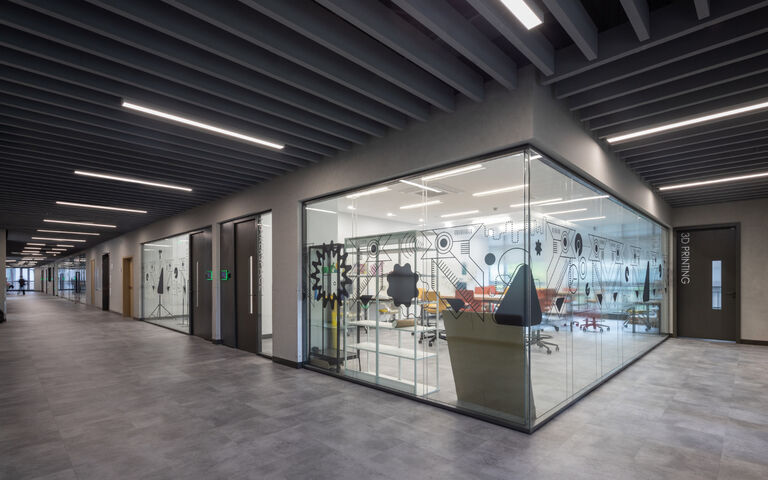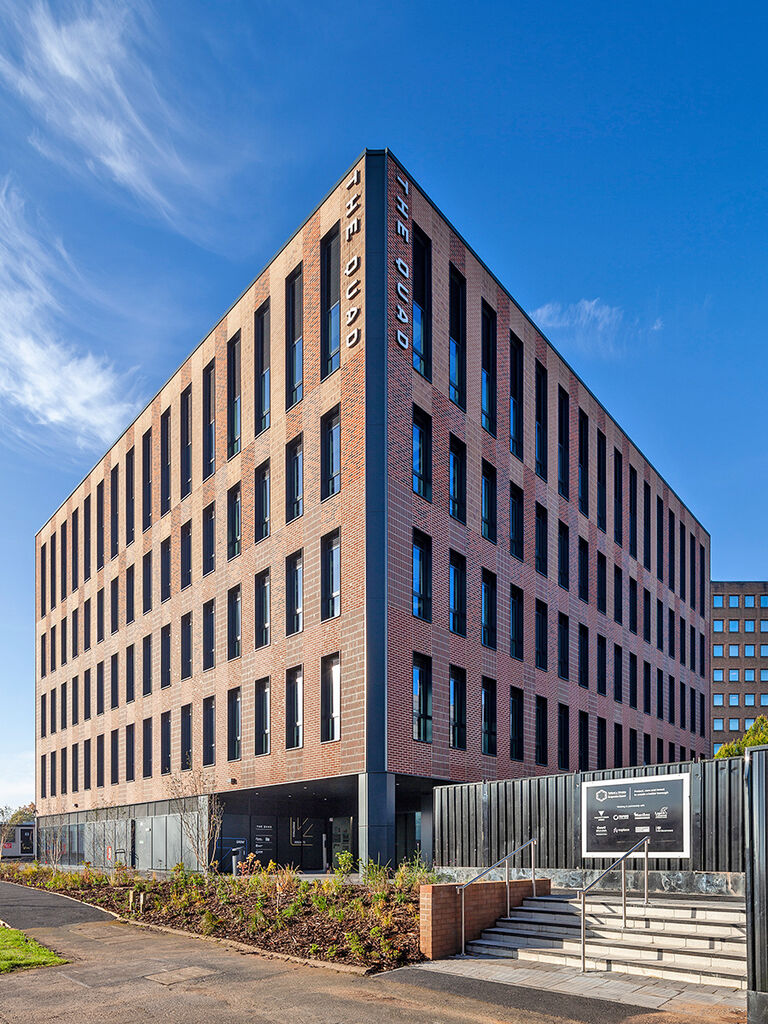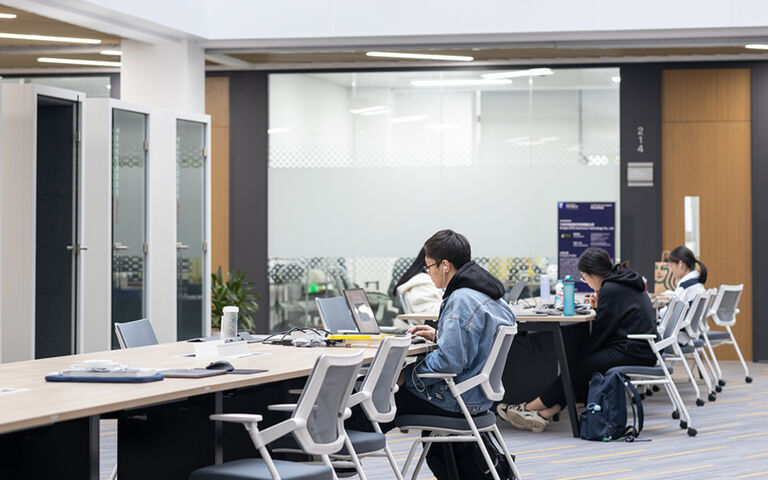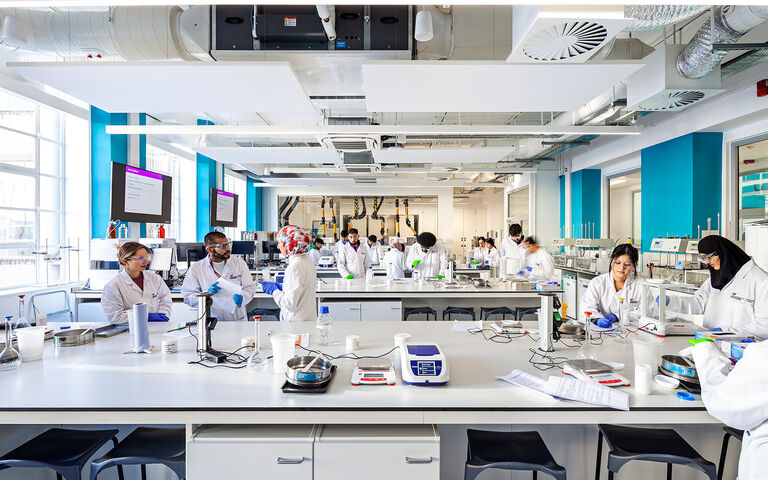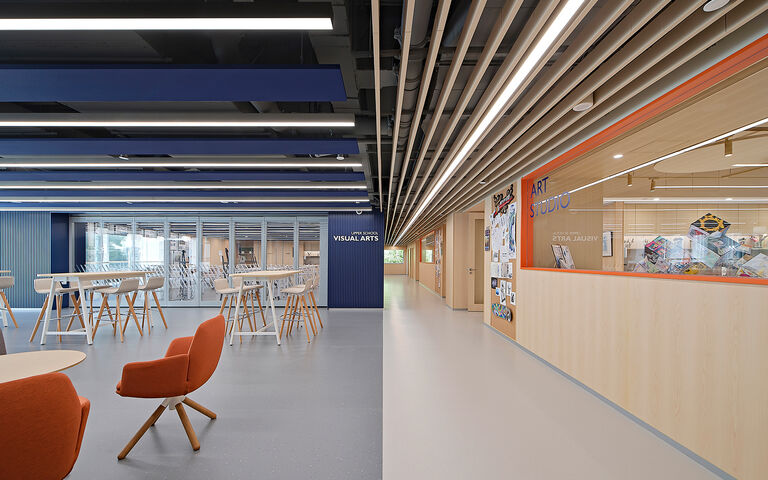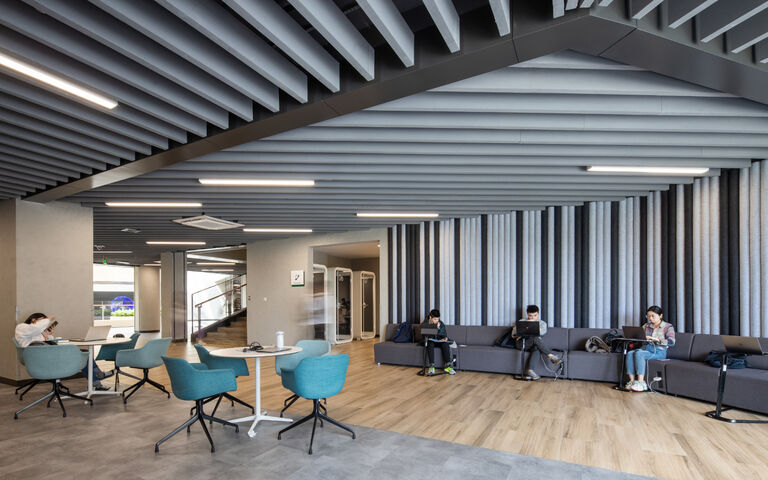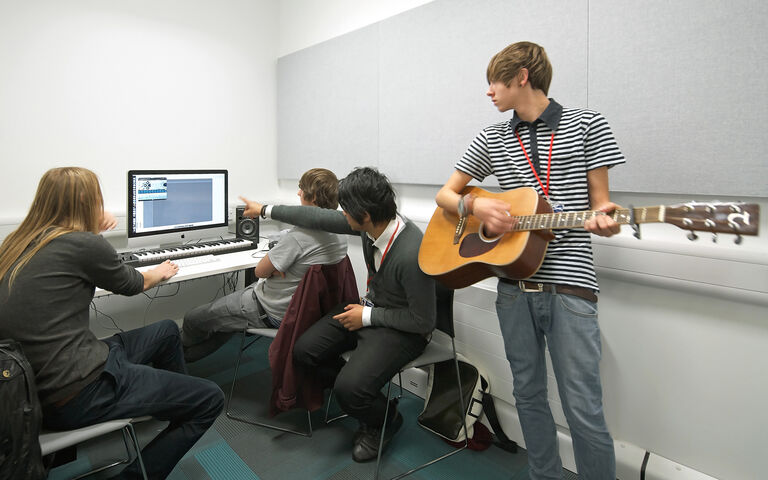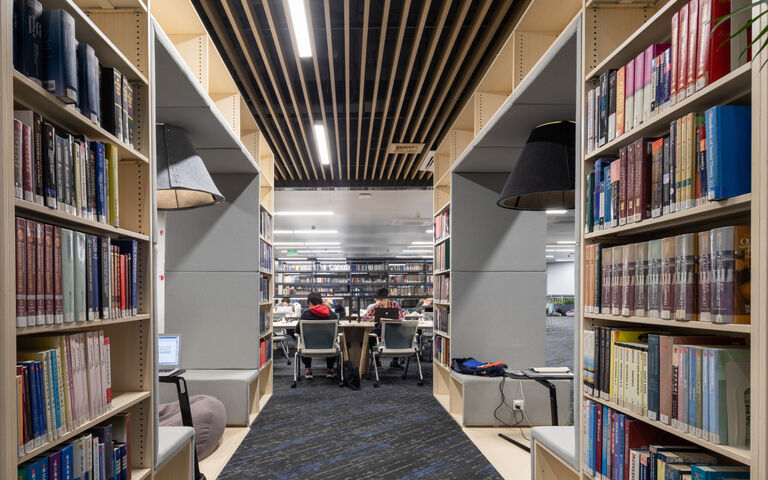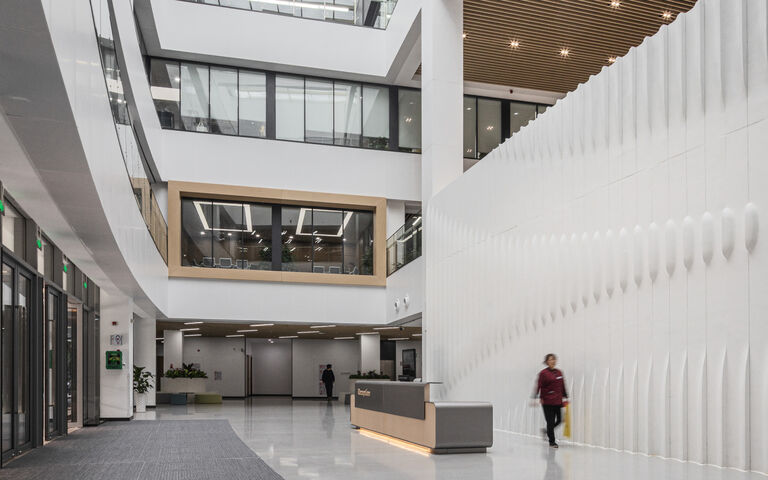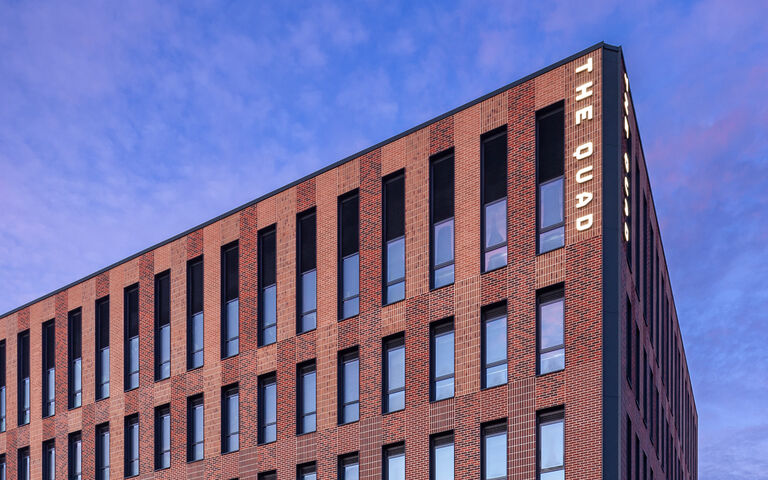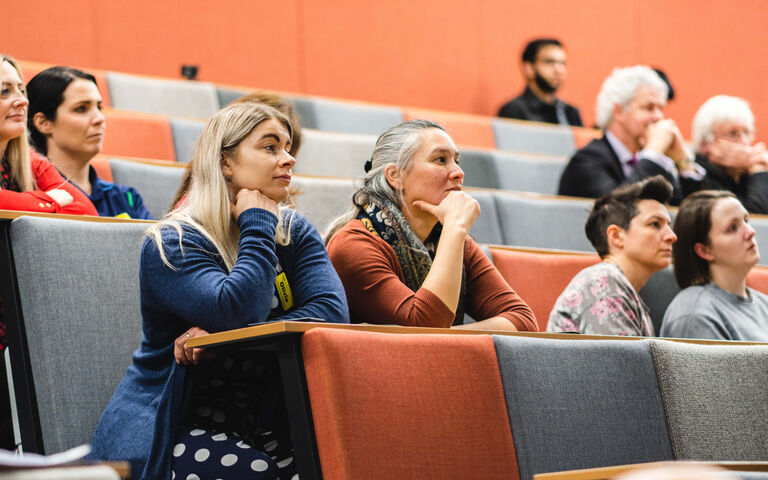As new industries emerge and job roles are redefined, education can no longer be confined to a single stage of life. The resilient campus of the future must recognise this, creating spaces and systems that support learning as a lifelong pursuit.
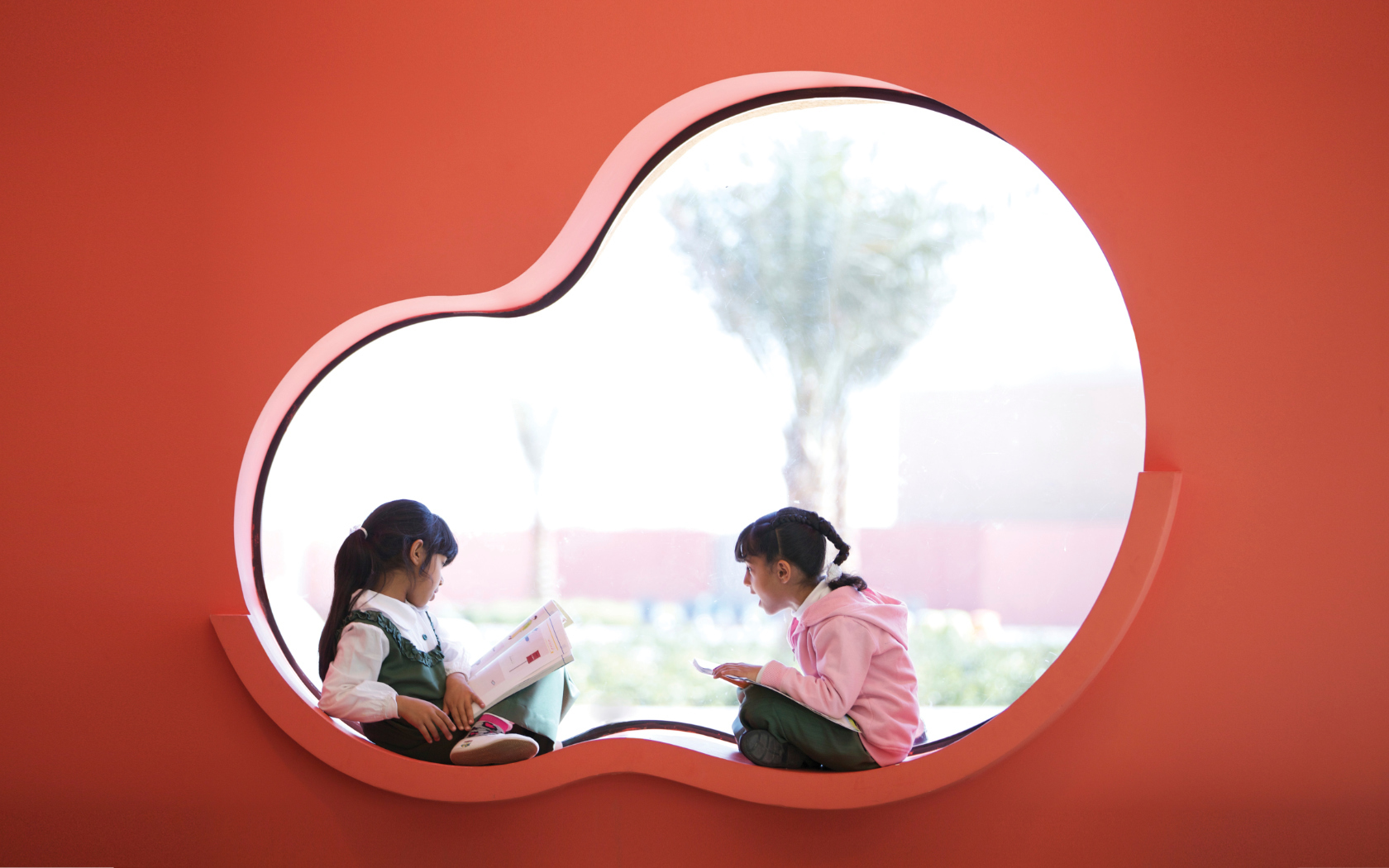
Lifelong learning isn’t a passing trend but a strategic imperative for individuals, businesses and governments alike to remain agile and relevant. From executive education and professional reskilling to postgraduate study and self-directed digital learning, education has become decoupled from age, location and status. The physical campus must evolve accordingly, accommodating diverse users and learning modes with equal care and imagination.
